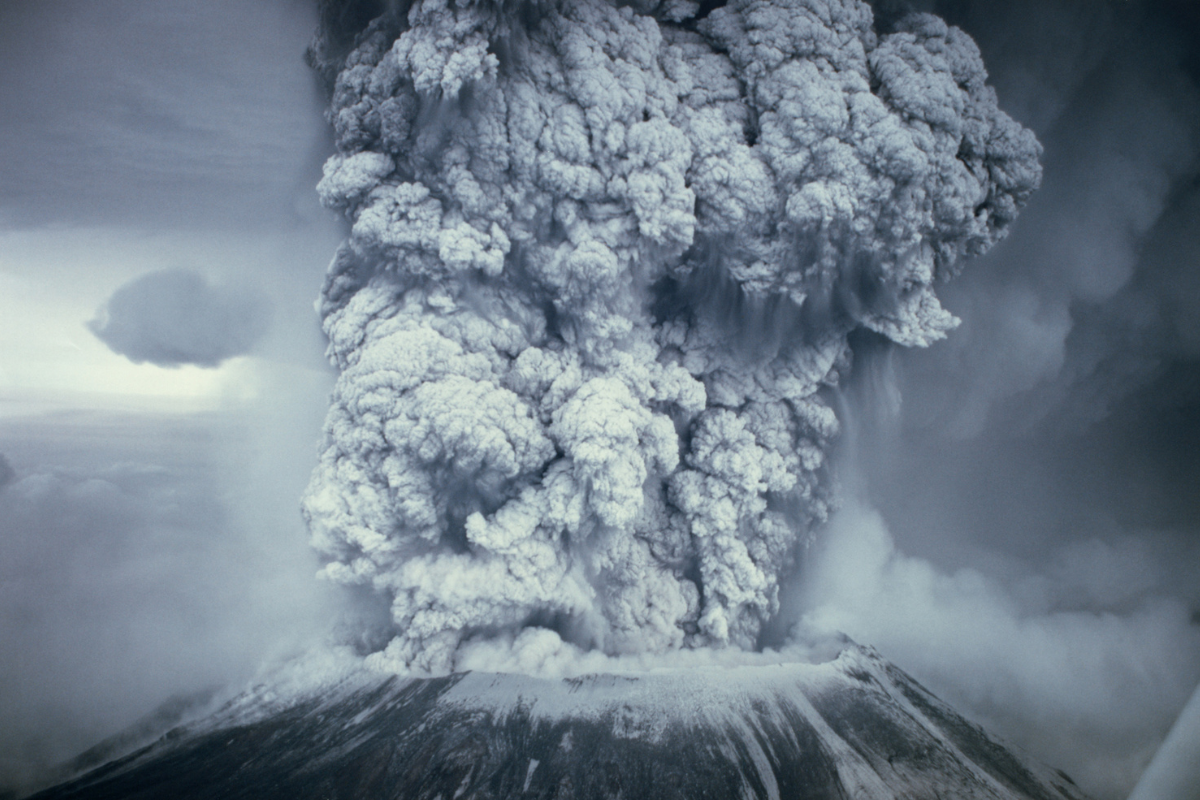

The United States Geological Survey (USGS) has recorded an increase in earthquakes around Mount St. Helens. The volcano in Washington State hasn’t recorded any major eruption in years, but its infamous 1980 explosion remains the deadliest documented volcano event in U.S. history.
Videos by Outdoors with Bear Grylls
Recent data from the USGS shows around 400 earthquakes since mid-July. Most of them have been below a magnitude one earthquake and not felt at the surface. So these are very minor tremors.
In a series of tweets, officials said there is “no cause for concern right now – no significant changes in ground deformation or gases. The volcano remains at normal (green) background levels.”
Seismic activity is often found around volcanoes, and the “normal background level” means the volcano is simply existing. However, the uptick at Mount St. Helens in earthquakes is noticeable. On average, there are now 30 earthquakes a week. Since activity died down in 2008, the area only recorded about 11 earthquakes a month.
The USGS says these earthquakes are often associated with what is called “recharge.” The process introduces new magma into the volcano’s system. However, this process can be years in the making before any eruption.
The 1980 eruption killed 57 people and destroyed around 200 homes. The eruption blew a massive crater in the mountain.

Today, the area is known as Mount St. Helens National Volcanic Monument and is a popular destination for hiking and other outdoor activities.
Researchers believe the volcano will erupt again someday, but predicting when is extremely difficult.
Want to hike to an active volcano? Here’s how to do so safely.










